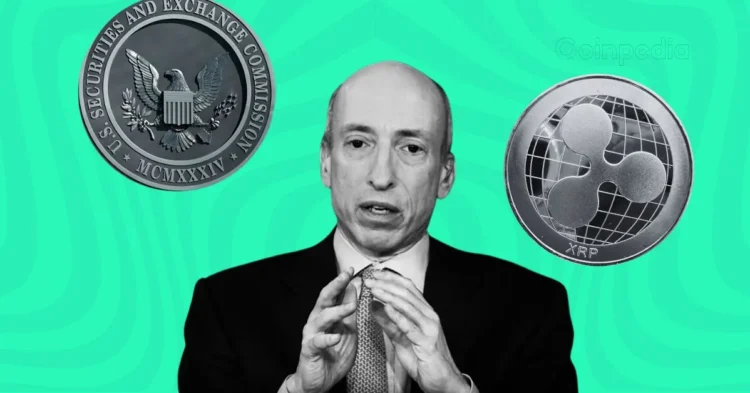In the ongoing legal saga between Ripple and the United States Securities and Exchange Commission (SEC), the appeals process has taken center stage. Renowned attorney Fred Rispoli provides a detailed overview of this complex process, highlighting two main appeals: the SEC’s appeal and Ripple’s subsequent cross-appeal. This article delves into the nuances of these appeals and sheds light on what stakeholders can expect in the months ahead.
The Distinct Appeals in the Ripple vs. SEC Case
On a recent episode of The Good Morning Crypto Show, Rispoli clarified that the case involves two distinct appeals. The first appeal was initiated by the SEC, with Ripple responding by filing a cross-appeal. This procedural move is termed a cross-appeal because Ripple’s action followed that of the SEC. Each party is poised to present its arguments in a structured, legal manner, navigating through the complexities of the judicial system.
Oral Arguments in Court
The appeals process encompasses several critical steps. Initially, the party filing the appeal submits their opening arguments, which set the stage for the legal discourse. This is followed by a response from the opposing party, articulated through an opposition brief. Subsequently, the original appellant is granted an opportunity to reply, completing the written argument cycle. This procedural format mirrors that of motions in trial courts, where a motion is followed by an opposition and a subsequent response.
Once all briefs are submitted, the case advances to the oral argument phase. During this phase, a panel of three judges will convene to hear the arguments presented by both sides. Each party is allocated a mere 15 minutes to make their case, a session that will be publicly broadcasted to ensure transparency. While the written submissions are pivotal, the judges’ probing questions during the oral arguments can reveal significant insights into their perspectives and leanings.
Timeline and Expectations
The nature of the judges’ inquiries during these oral sessions can offer valuable clues about their stance. If the judges direct rigorous questions towards Ripple, it may suggest a challenging road ahead for the company. Conversely, if the SEC faces more scrutiny, it could indicate a favorable trajectory for Ripple.
According to Rispoli, while the oral arguments and brief submissions are conducted relatively swiftly, the overall timeline for resolution in the case is set to span considerably longer, potentially extending over a year and a half. This protracted duration is typical within the legal framework, where even brief hearings can precipitate lengthy deliberations and decisions.
In conclusion, as the legal battle between Ripple and the SEC unfolds, understanding the appeals process and its timeline is crucial for stakeholders and observers. The outcome of this case could have significant implications for the cryptocurrency industry and regulatory landscape, making it a closely watched and highly influential legal proceeding.











